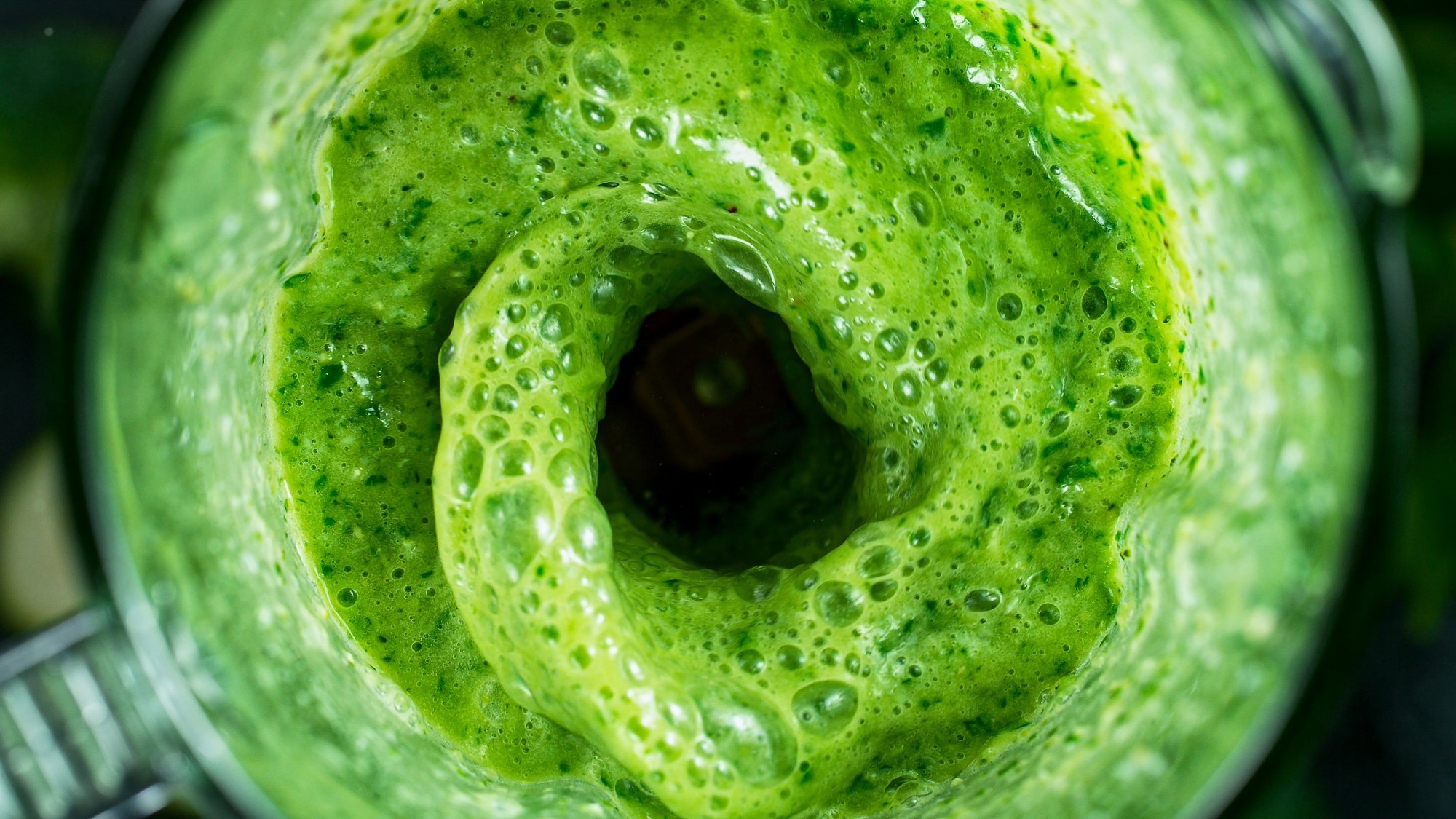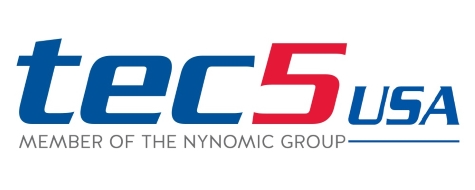Sponsored by tec5USA IncReviewed by Louis CastelJun 29 2022
When it comes to checking the quality of a blended beverage, Titratable acidity and Brix are common measures. Particularly for soft drinks, titratable acidity is a good measure to assess both the concentration of a drink and to check that the levels of many of the acidic preservatives used are suitable.1

Image credit: Shutterstock / Lukas Gojda
Often, controlling alcohol levels during fermentation and assessing potential wine quality is done with a ratio of the titratable acidity to Brix levels.2 A measure combining Brix and titratable acidity can be used to assess the potential quality of an alcoholic beverage or indicate ripeness for fruit-based drinks.
The Best Way of Measuring Both Titratable Acidity and Brix During Drinks Processing or Blending
Originally, a hydrometer was the instrument of choice when it came to measuring the sugar levels (Brix), assuming juices were simply a combination of sugar and water.
Now, to account for the presence of organic acids and other species as well as the sucrose, process density meters, flow meters and refractometers are all used, and calibrations are performed.
An acid-base titration is performed to measure titratable acidity. This titration cannot be performed as part of a process and is a slow, manual method that requires the removal of a batch for analysis. These measures use up a large amount of operator time as well as sampling and testing in a laboratory environment.
A powerful alternative to these cumbersome methods is offered by Raman spectroscopy which can be used as a type of process analytical technology. This technique is ideal to build up a picture of the full chemical profile of the drink in question and directly identify the presence and amount of different sugars and acidic species.
Raman Spectroscopy
A highly powerful technique for the quantitative and qualitative analysis of chemical species and materials, a Raman spectrum contains information on the unique vibrational modes of that molecule.
In every molecular species, there are chemical bonds that join together the atoms present in the molecule. However, the atoms in a bond are constantly oscillating back and forth, so the atoms in a molecule are never still. The strength of the bond between the atoms, and the masses of the atoms at either end, are proportional to the frequency of that oscillation.
Information on the structure of a molecule is provided by recovering information on the vibrational modes of a molecule.
Many molecules have a pattern of frequencies unique to the individual molecule that is described as the molecular ‘fingerprint,’ as even very small perturbations in the chemical environment cause changes in the vibrational frequencies.
Raman spectroscopy can therefore be used to identify a molecule using the characteristic series of vibrational frequencies, but the magnitude of the Raman bands can also be used to identify how much of a given species is present and for quantitative analysis.
Raman spectroscopy - particularly its short acquisition times - can be used as a real-time process monitoring and control technique.
Process Control
Raman spectroscopy can be used to monitor ingredients for beverage blending and filling process equipment. Considering both potential acidity and alcohol levels, Raman spectroscopy is commonly used as a process analytical technology to monitor wine production.
Raman spectroscopy can be used either through the glass to monitor the evolution of the wine in the bottle3 or for direct contact measurements – with the probe immersed in the process equipment.
tec5USA Raman Spectrometers
To be suitable as a Raman spectrometer for Brix and titratable acidity monitoring, the spectrometer must be able to deal with a wide range of concentrations of chemical species, be capable of short acquisition times, and not have the Raman signal overwhelmed by the fluorescence background.
The market-leading expert in the development of spectrometers for online analysis, tec5USA, offers customer-specific solutions using OEM products.4
tec5USA offers a Raman probe that can be immersed directly in the product line for beverage blending and filling equipment. The Raman probe is suitable for semi-permanent installation within a CIP loop because it is built with a tri-clamp fitting and 3-A certification.
The Raman instrumentation can therefore be installed into the process line and, with minimal downtime, provide continual feedback on product quality.
tec5USA has a portfolio of instruments that can be used to measure the conjugate bases of weak acids (for alternatives to titratable acidity measurements), as well as caffeine, sugars, and the potential presence of any contaminant species.
tec5USA offers a highly sophisticated suite of chemometrics solutions to monitor product evolution because drinks are chemically complex, and online process control requires real-time data analysis to efficiently use information extracted from the Raman spectra.
Without the operator needing to do anything, this analysis can provide a wealth of information on measures like Brix as well as on flavor profiles of products.
There are a range of benefits to using online Raman analysis. These include the number of laboratory tests required for analysis, the ability to remove a sampling point in processing, allowing the user to make real-time decisions on process data and even setting up automated process control feedback systems.
To find out how tec5USA’s product portfolio combination of Raman spectrometers and chemometrics software can improve process control in beverage manufacture, contact their team today.
References
- Abu-Reidah, I. M. (2019). Carbonated beverages. In Trends in Non-alcoholic Beverages. INC. https://doi.org/10.1016/B978-0-12-816938-4.00001-X
- Coombe, B. G., Dundon, R. J., & Short, A. W. S. (1980). Indices of sugar—acidity as ripeness criteria for winegrapes. Journal of the Science of Food and Agriculture, 31(5), 495–502. https://doi.org/10.1002/jsfa.2740310512
- Teixeira dos Santos, C. A., Páscoa, R. N. M. J., Porto, P. A. L. S., Cerdeira, A. L., González-Sáiz, J. M., Pizarro, C., & Lopes, J. A. (2018). Raman spectroscopy for wine analyses: A comparison with near and mid infrared spectroscopy. Talanta, 186(April), 306–314. https://doi.org/10.1016/j.talanta.2018.04.075
- tec5USA (2022) Food and Beverage Spectrometers, https://www.tec5usa.com/markets/food-feed-beverages/, accessed May 2022

This information has been sourced, reviewed and adapted from materials provided by tec5USA Inc.
For more information on this source, please visit tec5USA Inc.